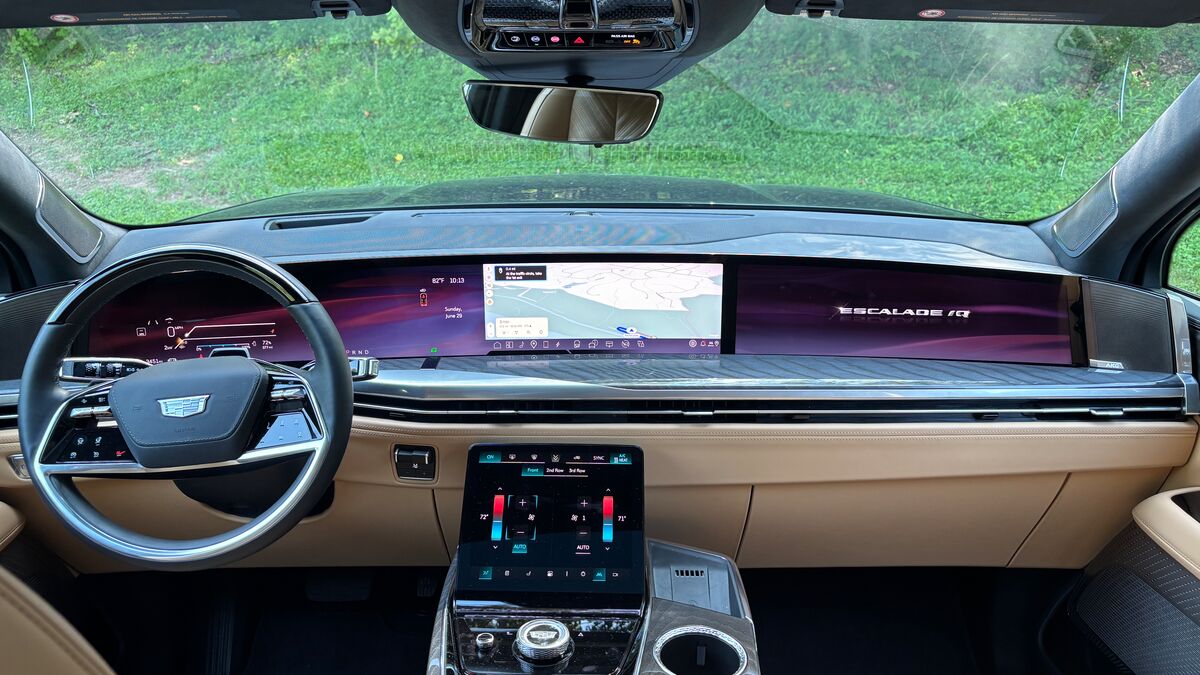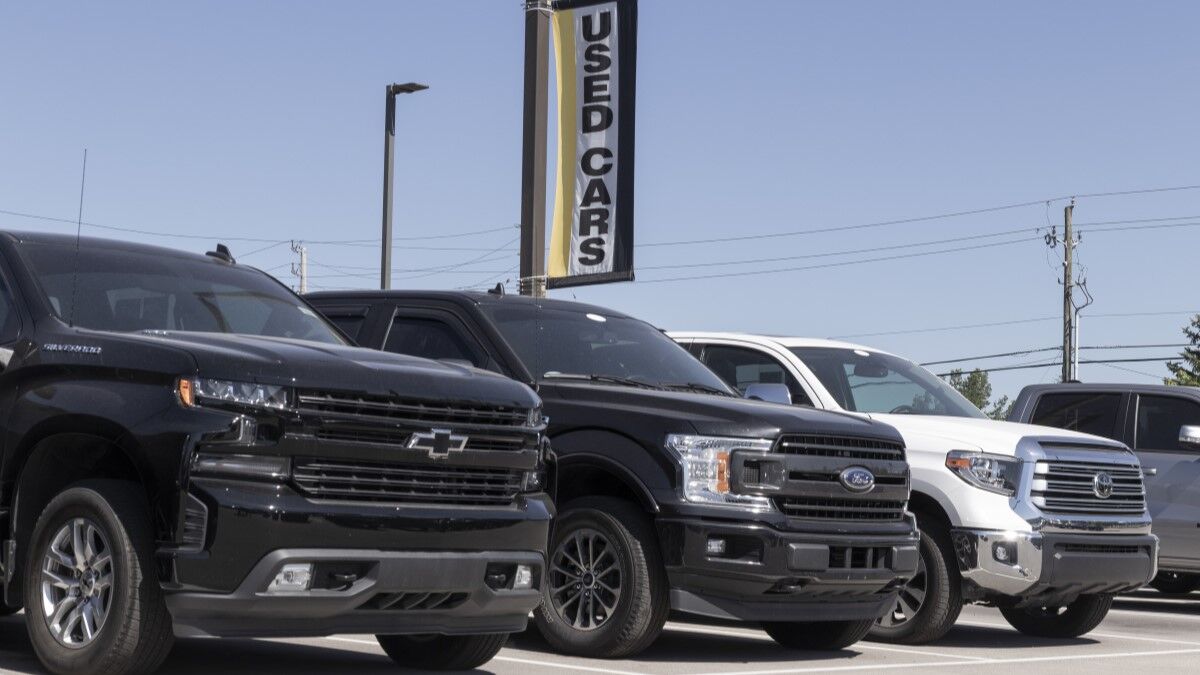Seeking a novel way to keep passengers – specifically younger ones confined to the aft quarters – amused as well as enlightened during their travels, General Motors Research And Development decided to take an unconventional approach to dealing with this classic challenge. It commissioned a group of students in the FUTURE LAB at the prestigious Bezalel Academy of Art and Design in Israel to explore various possibilities that used the vehicle’s windows as interactive display units. Dubbed the Windows of Opportunity (WOO) Project, it generated four unique interactive applications that fulfilled the guiding tenet of being “capable of stimulating awareness, nurturing curiosity and encouraging a stronger connection with the world outside the vehicle.”
The four apps to come out of the WOO Project reflect distinctly different levels of sophistication. With Otto, an animated character is projected over passing scenery that responds in real-time the car’s performance, weather and landscape. Foofu creates a graphic environment that lets kids use their fingers to draw images on virtual “steam.” The Spindow app permits one to view the content of other users’ windows anywhere around the world in real time while the Pond app allows passengers to stream and share music with other cars on the road, download favorite tracks and share messages between linked vehicles.
To demonstrate their apps, the Bezalel students created a full-size operational prototype of a rear passenger seat and side window. It relied on motion and optical sensor technology developed by EyeClick to transform the conventional window glass into a multi-touch and gesture-sensitive surface. GM says that should it ever decide to use a similar type of interactive window in a production model, it would more likely use electronically charged “smart glass” technology, a dedicated medium capable of varying both its translucence and transparency and reflecting projected images.
“Projects like WOO are invaluable, because working with designers and scholars from outside of the automotive industry brings fresh perspective to vehicle technology development,” said Omer Tsimhoni, lab group manager for human-machine interface, GM Advanced Technical Center in Israel. “WOO is just one of many projects underway at GM that could reinvent the passenger experience in years to come.” However, while this blue-sky exercise in possibility thinking definitely shows loads of promise, transforming it into a cost-effective reality could prove to be an even more formidable challenge.







